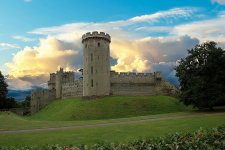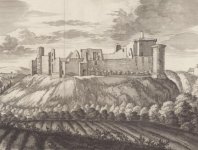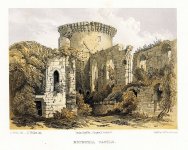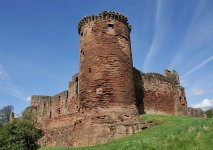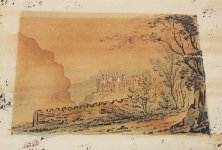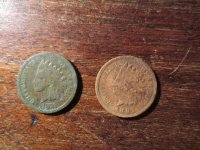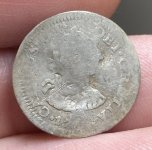cheese
Silver Member
I *think* this is an old stone color lithograph. I believe it is Botwell Castle in Scotland. It appears to be very very old. Does anyone know about these and if this has any value? It has water and age damage, so the value probably isn't high, but I don't want to just throw the old thing in the trash and if it can be attributed to a famous lithographer, maybe it has real value? An help would be appreciated.









































